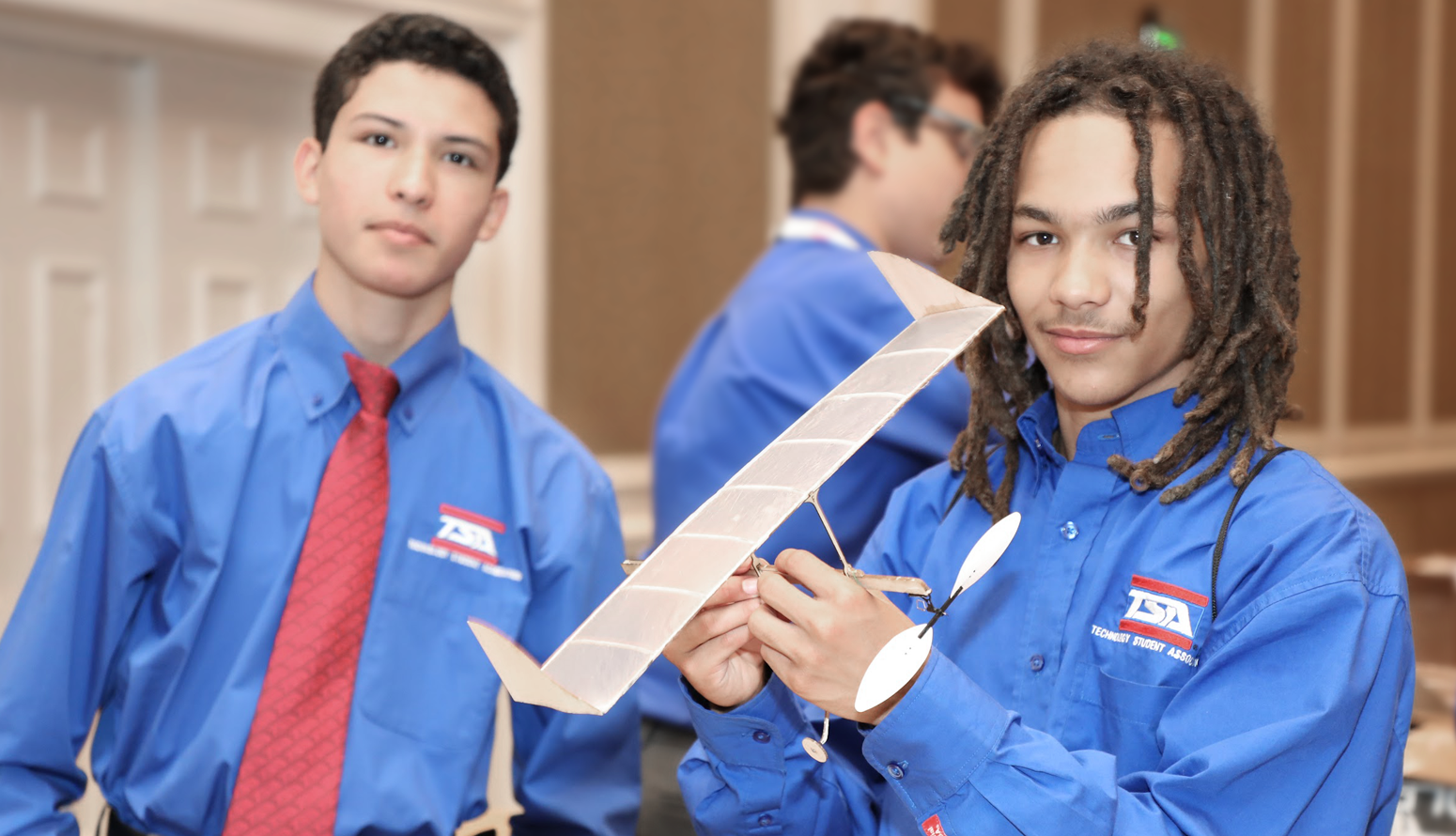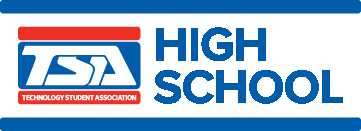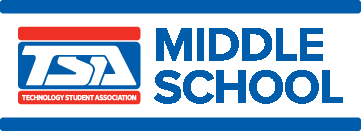Animatronics
To address the annual design challenge, participants exhibit and demonstrate their knowledge of mechanical and control systems by creating an animatronic device with a specific purpose (i.e., communicate an idea, entertain, demonstrate a concept, etc.) that includes sound, lights, and an appropriate surrounding environment (a display).
Architectural Design
In response to the annual design challenge, participants develop a set of architectural plans and related materials, and construct both a physical and computer-generated model to accurately depict their design. Semifinalists deliver a presentation and participate in an interview.
Audio Podcasting
Participants use digital audio technology to create original content for a podcast piece that addresses the annual theme. The podcast must feature high level storytelling techniques, voice acting, and folly sound effects; the full entry must include documentation of the podcast development process and elements. Semifinalists participate in an interview.
Biotechnology Design
Participants select a contemporary biotechnology problem that addresses the annual theme and demonstrates understanding of the topic through documented research, the development of a solution, a display (including an optional model or prototype), and an effective multimedia presentation. Semifinalists deliver a presentation and participate in an interview.
Board Game Design
Participants develop, build, and package a board game that focuses on a subject of their choice. Creative packaging, and the instructions, pieces, and cards associated with the pilot game will be evaluated. Semifinalists set up the game, demonstrate how the game is played, explain the game’s features, and discuss the design process.
Chapter Team
Participants take a parliamentary procedure test to qualify for the semifinal round of competition. Semifinalists conduct an opening ceremony, items of business, parliamentary actions, and a closing ceremony.


